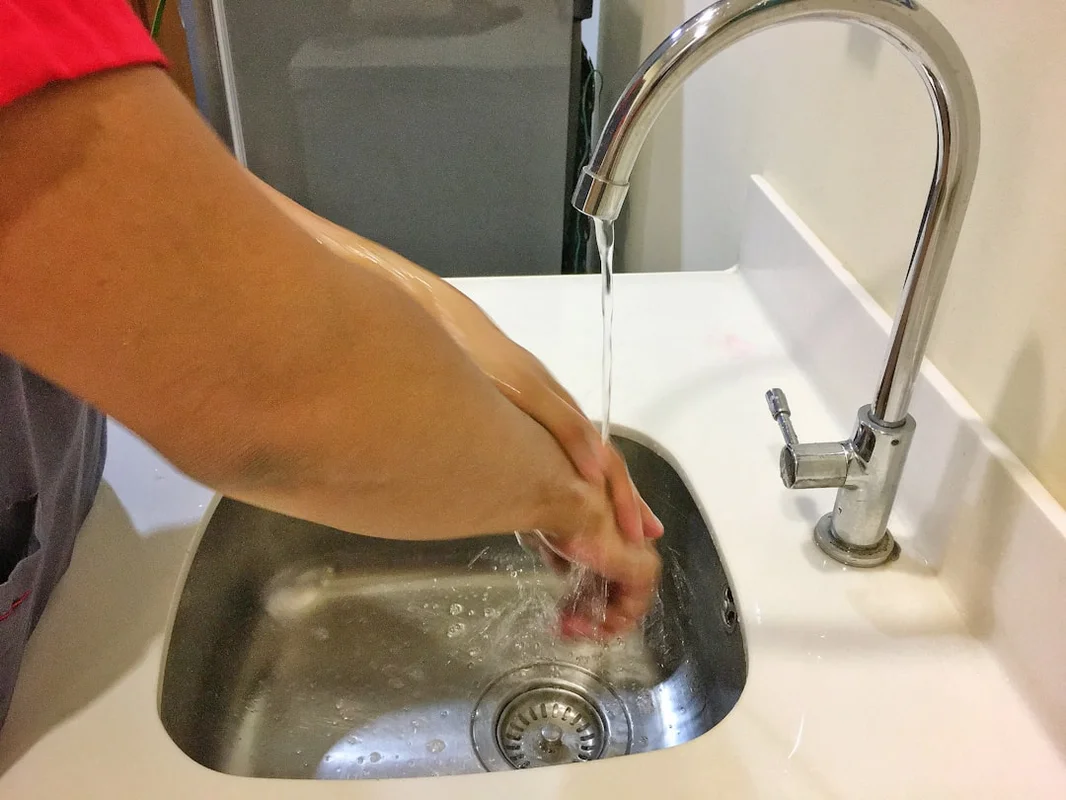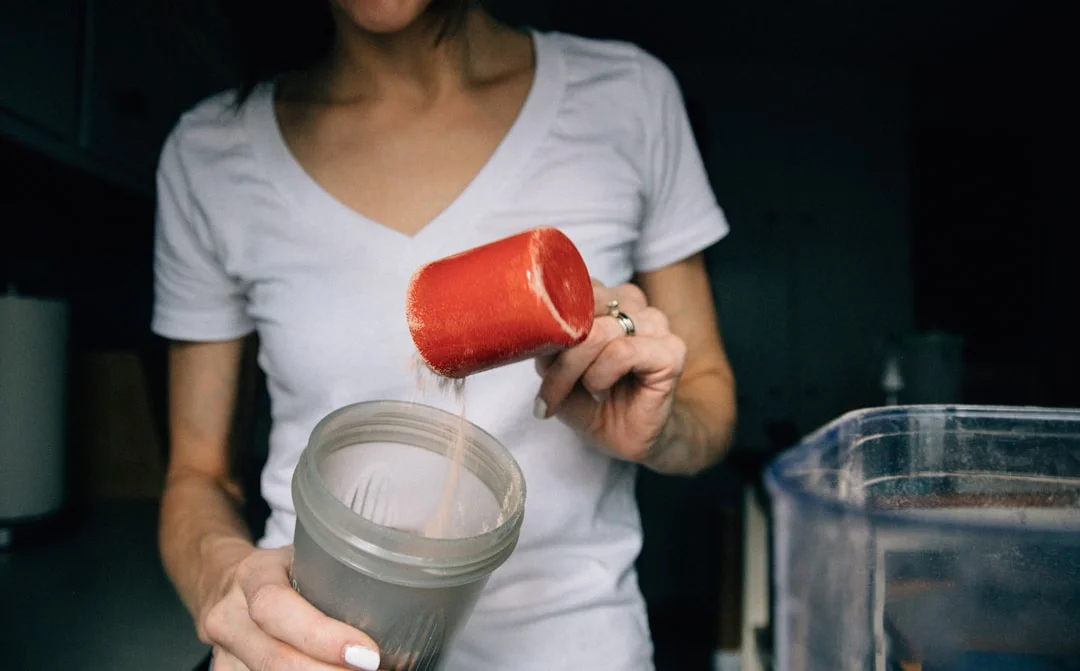Estimated Reading Time: 6 minutes
IIagine your home as a sanctuary, a place where you can truly relax and recharge.
But what if, instead of a haven, your home is subtly working against your well-being?
We often focus on what we eat and how we exercise, but we rarely think about the air we breathe and the surfaces we touch within our own four walls.
This is where the concept of how to detox your home environment comes into play.
It’s about consciously creating a healthier space, one that supports, rather than hinders, your overall health.
The good news? It doesn’t have to be a massive overhaul!
With a few simple steps and some mindful choices, you can significantly improve the air quality, reduce exposure to harmful chemicals, and create a more supportive and restorative environment.
Let’s dive in, shall we?
Before we talk about solutions, let’s address the elephant (or, perhaps, the insidious dust mite) in the room: where do these hidden toxins lurk?
They’re often lurking in plain sight, woven into the very fabric of our daily lives.
Think about it: from the cleaning products under your sink to the air fresheners wafting through your living room, we are constantly bombarded by a cocktail of chemicals.
Consider this: a common ingredient found in many household cleaners – ammonia – can irritate the respiratory system and eyes.
Air fresheners, while masking odors, often contain volatile organic compounds (VOCs), some of which are linked to various health issues.

Furthermore, even seemingly innocuous items like furniture and carpets can release VOCs over time, a process known as off-gassing.
It is easy to dismiss these things as harmless, yet the cumulative effects can add up.
Now for the practical part: how do we actually detox our homes? The process is a journey, not a destination, and every small step makes a difference.
It is about adopting new habits, making informed choices, and embracing a more holistic approach to home living.
This is perhaps the easiest and most impactful change you can make. Ditch the chemical-laden cleaners and switch to natural alternatives.
You can create your own eco-friendly cleaning solutions using simple ingredients like white vinegar, baking soda, lemon juice, and essential oils.
Think of it as a fun DIY project that benefits your health!
For example, a solution of white vinegar and water (1:1 ratio) works wonders on glass and mirrors.
Baking soda is a fantastic abrasive cleaner for scrubbing sinks and tubs.
Improving your indoor air quality is crucial. Start by opening windows regularly to ventilate your home and circulate fresh air.
Invest in an air purifier with a HEPA filter to remove dust, pollen, and other airborne particles. Also, consider adding indoor plants.
Plants not only beautify your space but also help filter the air, absorbing pollutants like formaldehyde and benzene.
Remember that while they are great, make sure not to overwater your plants as this can lead to mould.
Those artificially scented candles and air fresheners? They are often loaded with chemicals and can trigger allergies or asthma.

Instead, opt for natural alternatives. Use essential oil diffusers to create a pleasant aroma in your home.
Choose pure, therapeutic-grade essential oils, and experiment with different blends to find your favorites.
Remember that less is often more with essential oils. Start with a few drops and adjust based on your preference.
Another great idea is using beeswax candles, as they release negative ions when burned, which can help clean the air.
Or, simply embrace unscented products whenever possible.
When buying furniture, look for pieces made from solid wood, organic materials, or low-VOC options.
Before you bring a new item home, consider allowing it to off-gas in a well-ventilated area for a few days or weeks.
When possible, choose carpets made from natural fibers like wool or jute.
Regularly vacuuming carpets and rugs with a HEPA filter vacuum cleaner can help remove dust, allergens, and pollutants.
Limit or avoid the use of pesticides indoors.
If you do need pest control, consider natural alternatives or hire a professional service that uses eco-friendly methods.
Address any sources of moisture, such as leaky pipes or condensation, promptly to prevent mould growth. If you suspect mould, clean it up immediately.
It’s important to remove the source of the moisture and to fully dry the area to prevent the mould from returning.
Mould can be a significant health hazard, so taking preventative action is paramount.

It’s easy to feel overwhelmed by the idea of detoxifying your home, and the internet is awash with information (and misinformation!).
Let’s clear up a few common misconceptions:
Myth: You need to spend a fortune to detox your home.
Reality: Many effective changes are surprisingly affordable.
Homemade cleaning solutions, opening windows for ventilation, and choosing a few strategic plants are all budget-friendly steps.
Myth: It’s impossible to completely eliminate all toxins.
Reality: Perfection isn’t the goal. The aim is to reduce your exposure and create a healthier living environment.
Every positive change makes a difference.
Myth: Home detox is only for people with allergies or sensitivities.
Reality: Everyone benefits from a healthier home.
Even if you don’t have obvious sensitivities, reducing exposure to chemicals and pollutants supports your overall well-being and creates a more pleasant living space.
Detoxifying your home environment is not just a trend; it’s an investment in your health and well-being.
It’s about creating a space where you can truly relax, recharge, and thrive.
By implementing these simple strategies, you can take control of your indoor environment and create a home that supports your journey towards a healthier life.

Remember, it’s a process, not a race. Start small, be consistent, and enjoy the process. Your body and mind will thank you.
You can check out some natural oils for hair or what you should know about your hair care routine.
So, how about taking a deep breath, opening those windows, and starting your journey to a healthier home today?
It is an exciting and worthwhile endeavour!
And with that, I hope you found this article helpful!
Ready to dive deeper into the world of wellness? Join our newsletter for weekly health tips and inspiration!
Frequently Asked Questions
What are the immediate benefits of how to detox your home environment?
By reducing exposure to toxins, you can experience immediate benefits like improved air quality, fewer allergy symptoms, and a more relaxed and comfortable living space. You might also find that you sleep better, feel more energized, and generally feel better overall.
The process can also positively impact your mental well-being because you feel in control of your environment.
Are air purifiers truly effective, and which type is best?
Yes, air purifiers can be very effective at removing pollutants from your home. The best type is generally one with a HEPA (High-Efficiency Particulate Air) filter, which captures a wide range of particles, including dust, pollen, mold spores, and pet dander.
Look for air purifiers that also include an activated carbon filter, as these help remove odors, gases, and VOCs. Make sure to choose a size suitable for the size of your room.
What are the most common mistakes people make when trying to detox their home, and how can they be avoided?
One common mistake is focusing only on surface-level changes without addressing the root causes of indoor pollution, such as failing to ventilate properly. Another is relying solely on commercial air fresheners, which can introduce more toxins.
To avoid these mistakes, prioritize comprehensive changes like improved ventilation, the use of natural cleaning products, and mindful choices for furniture and fabrics. Start small, and you can make a difference.



